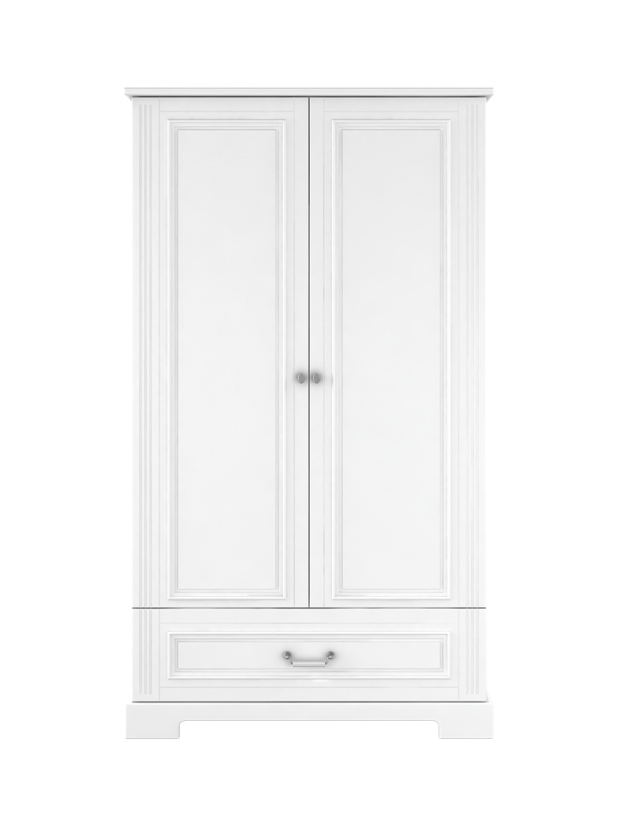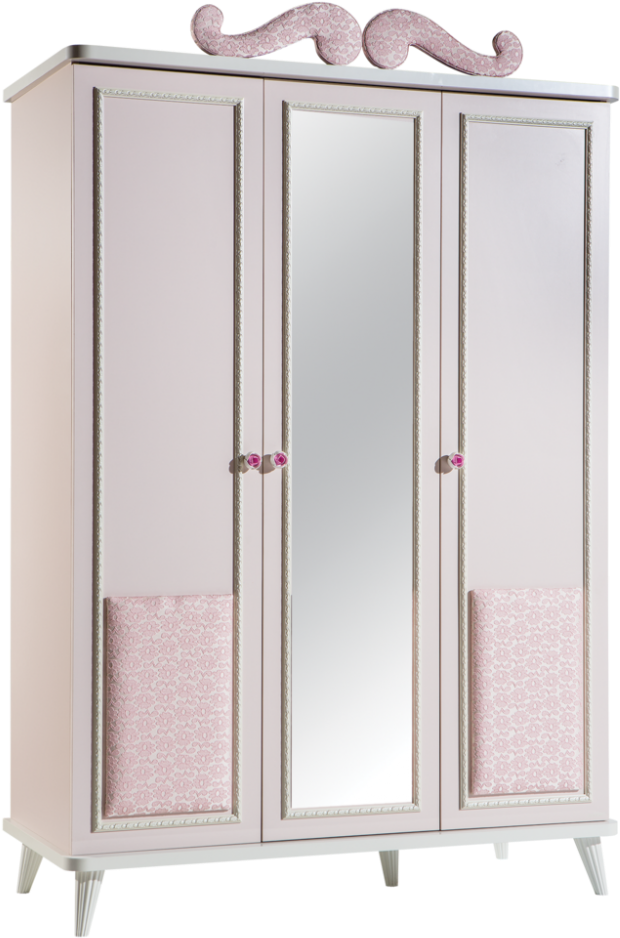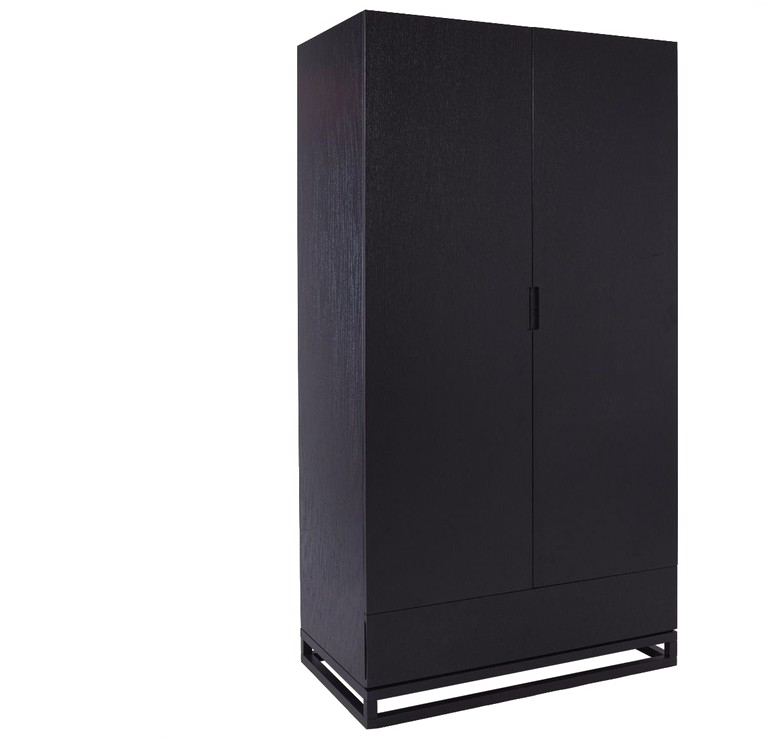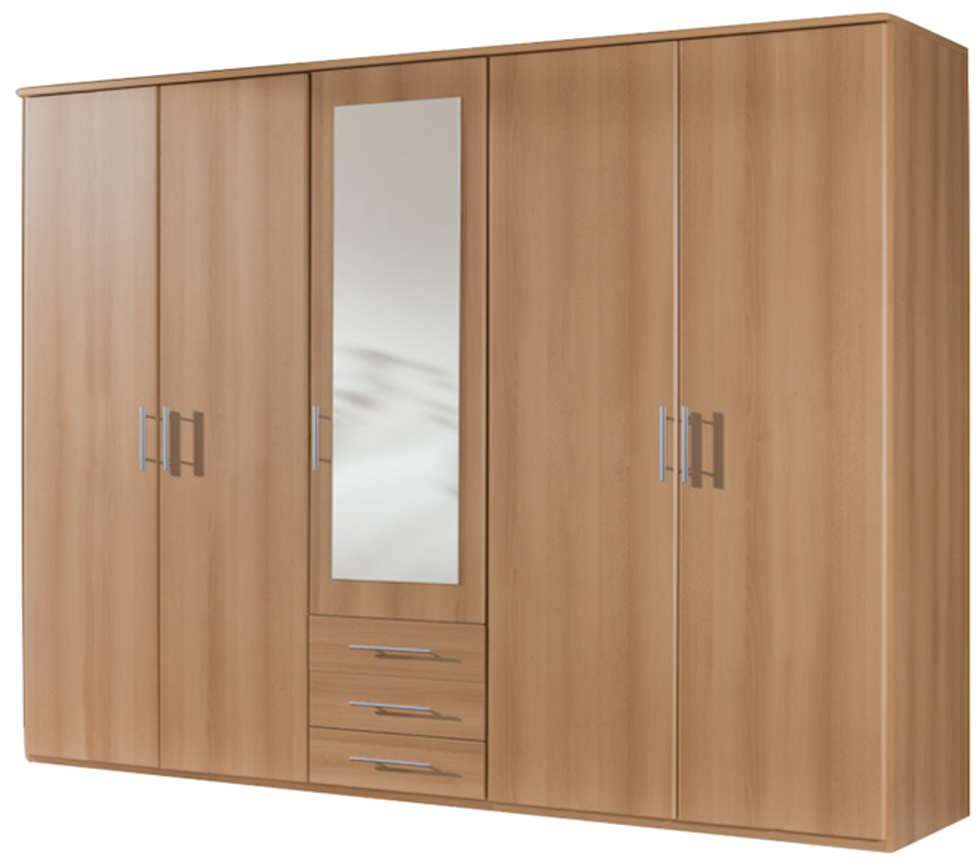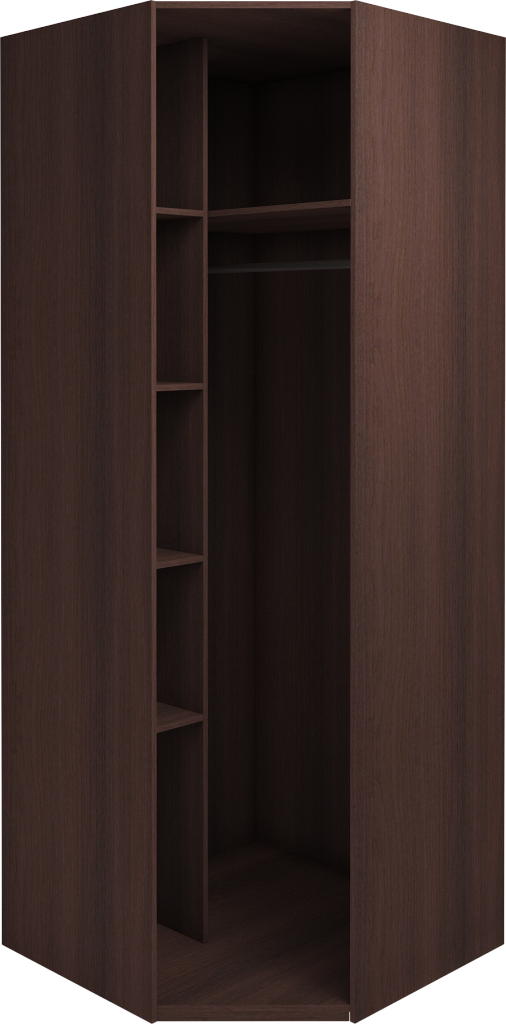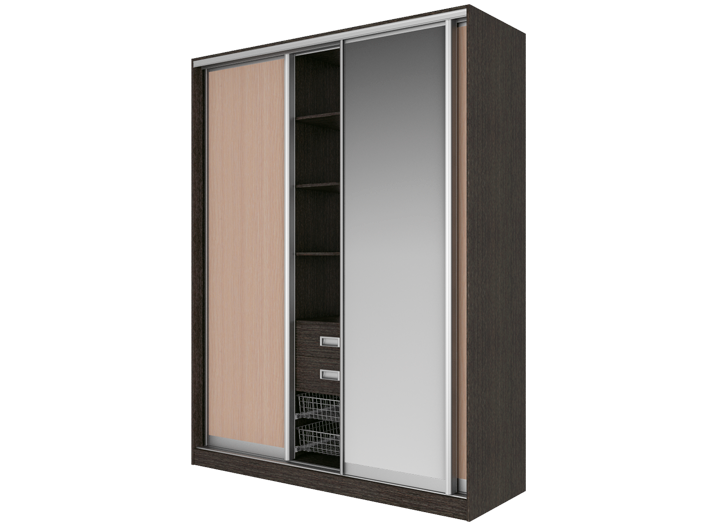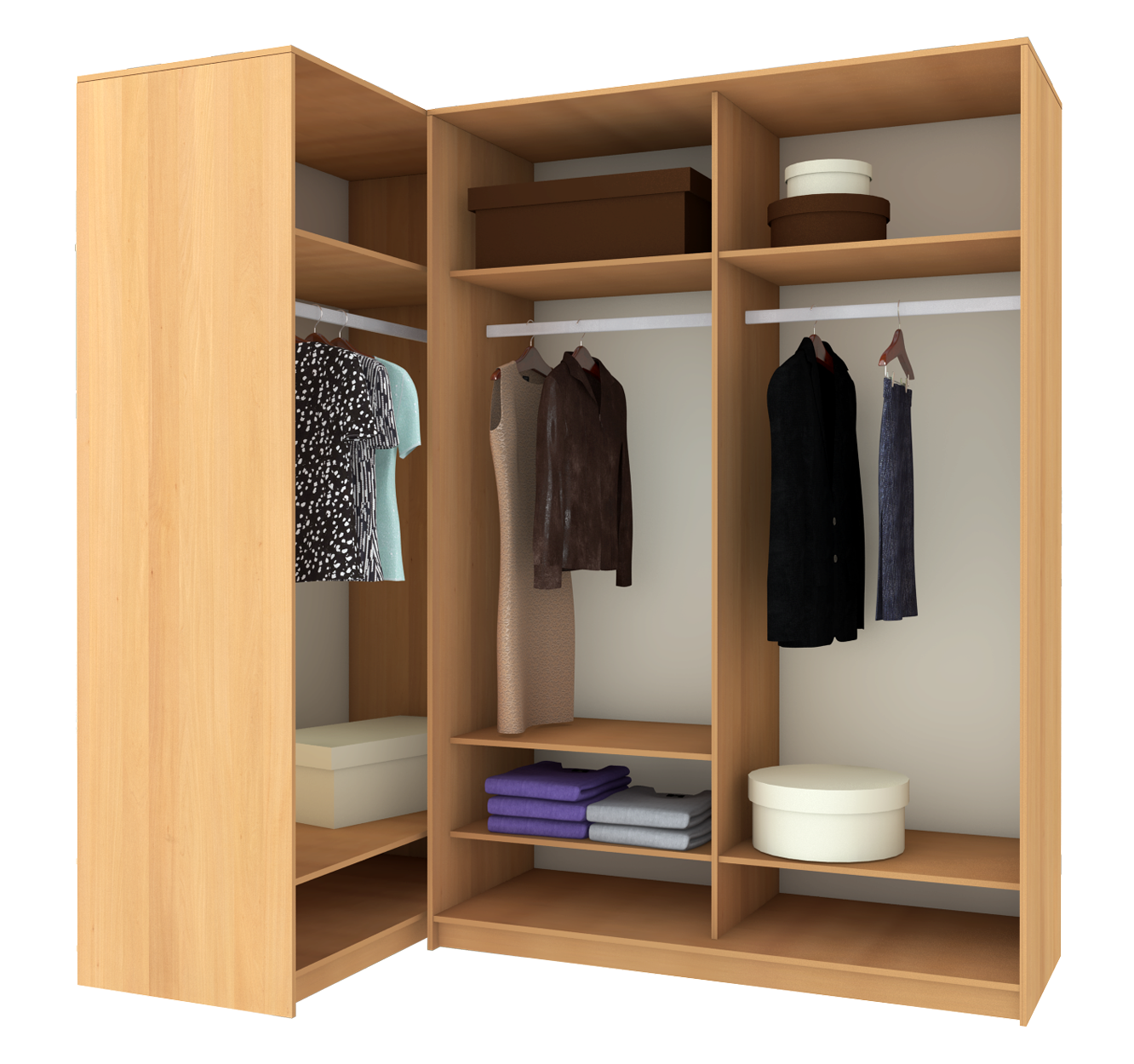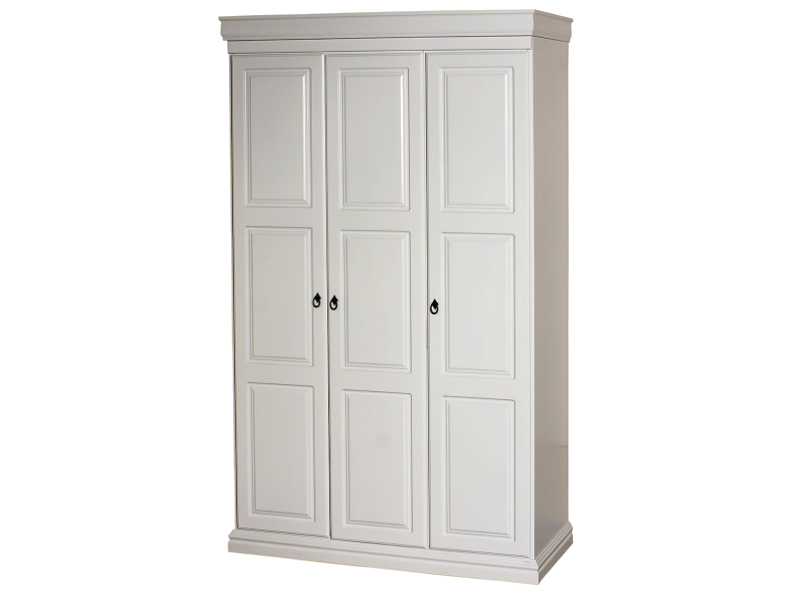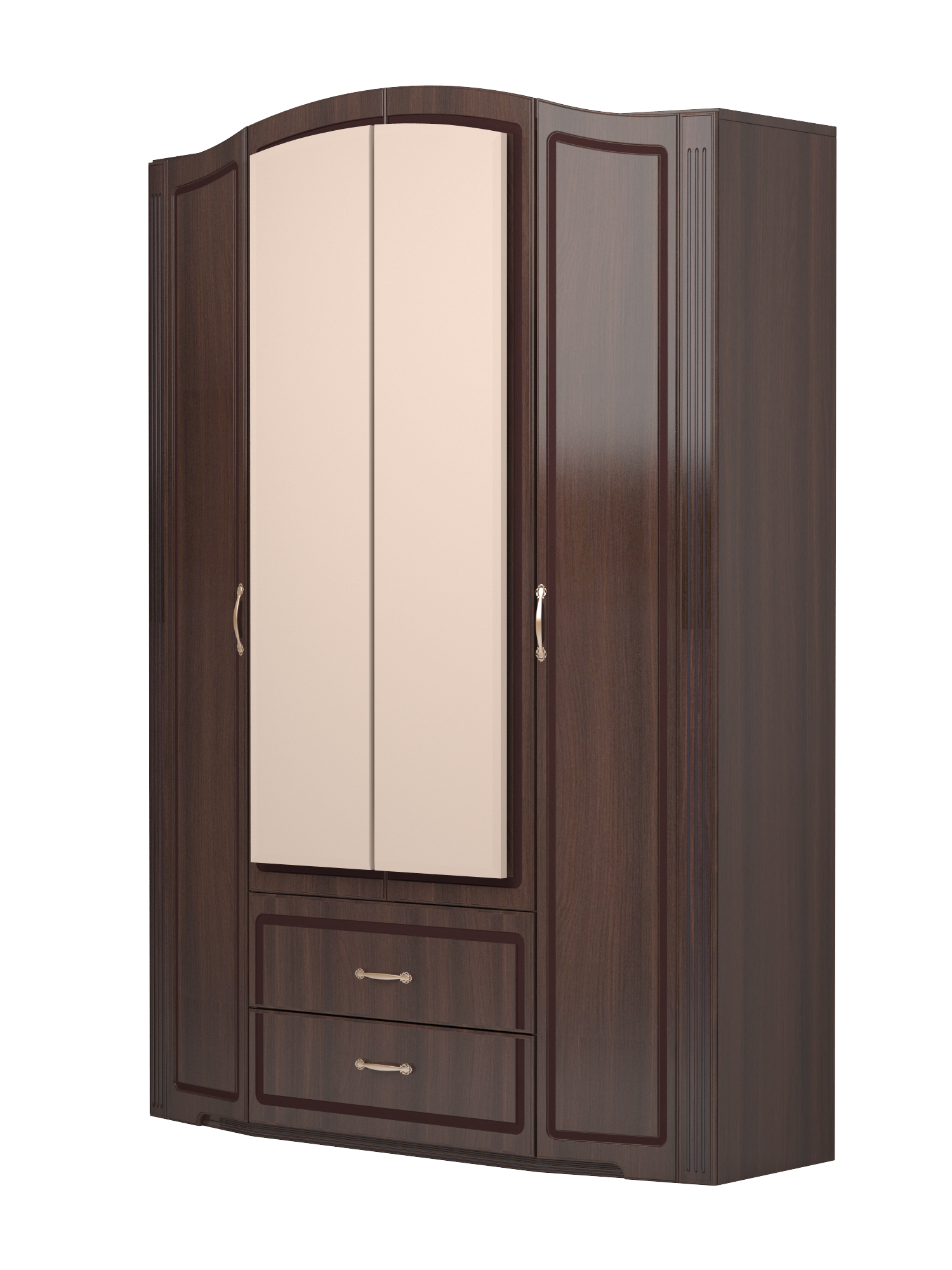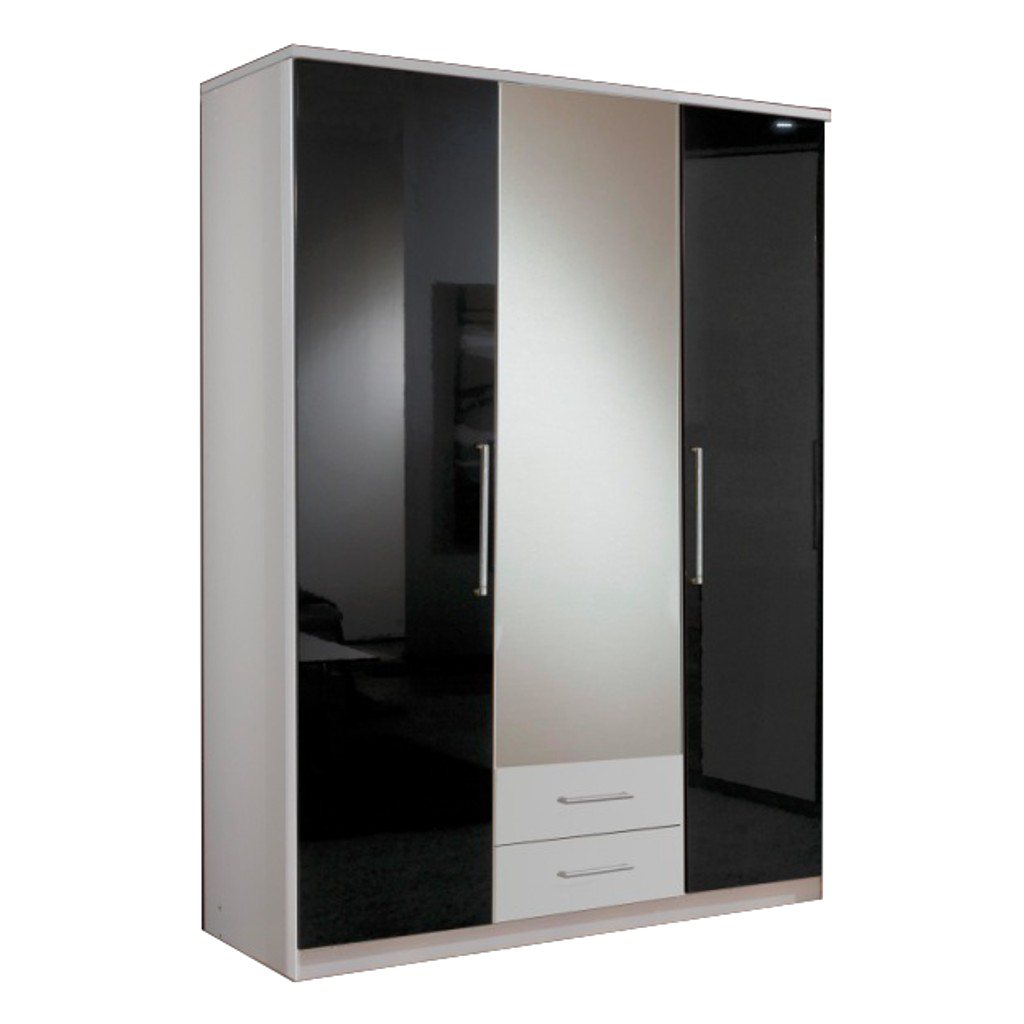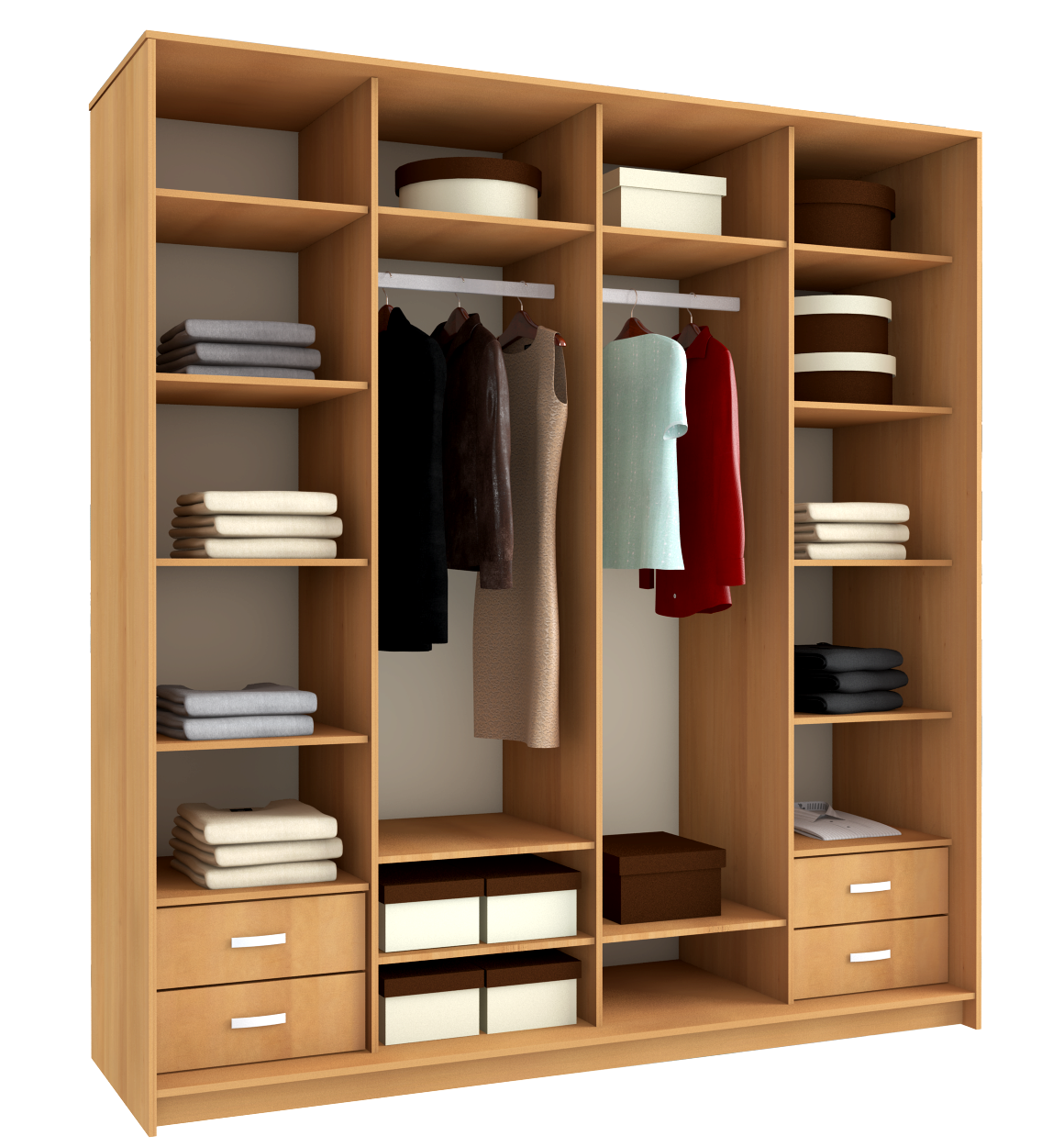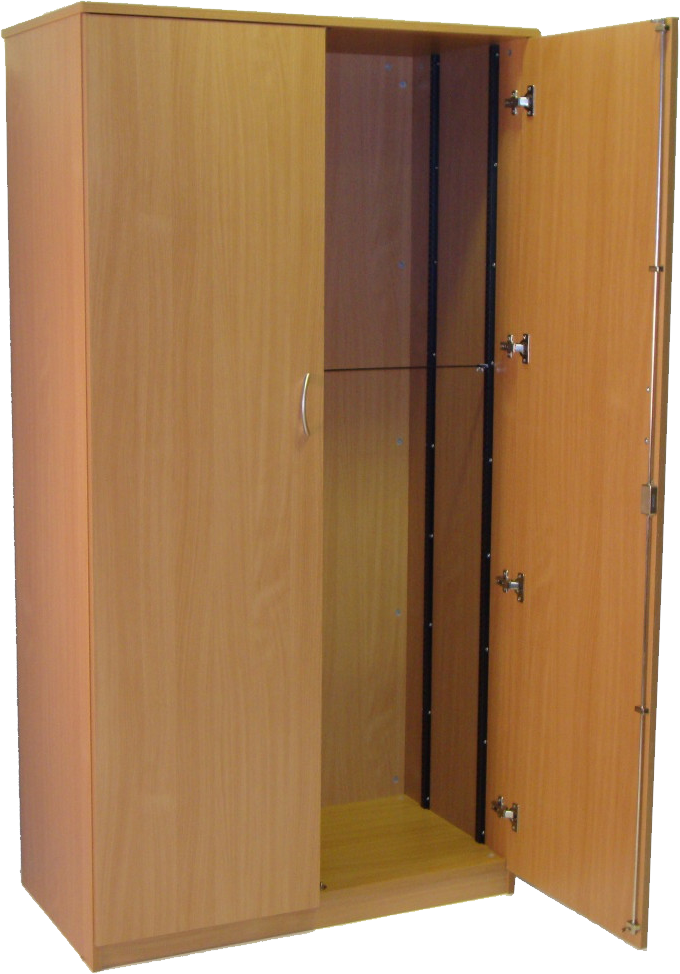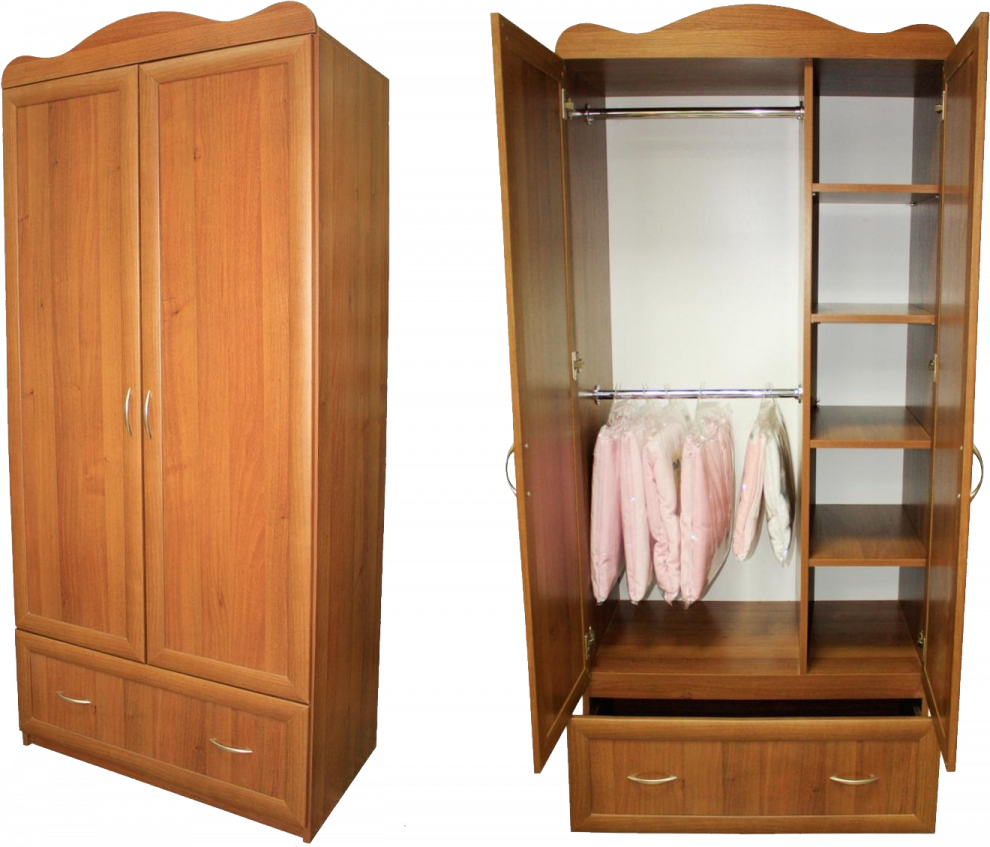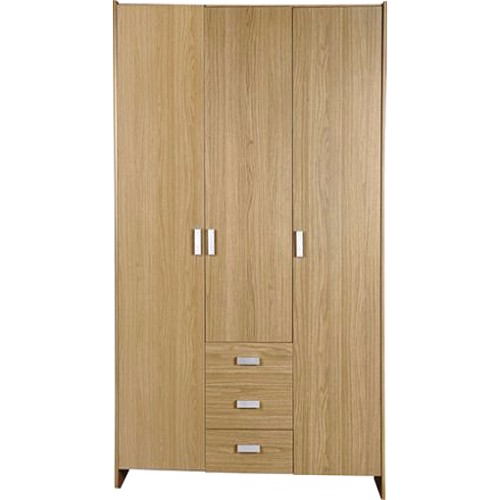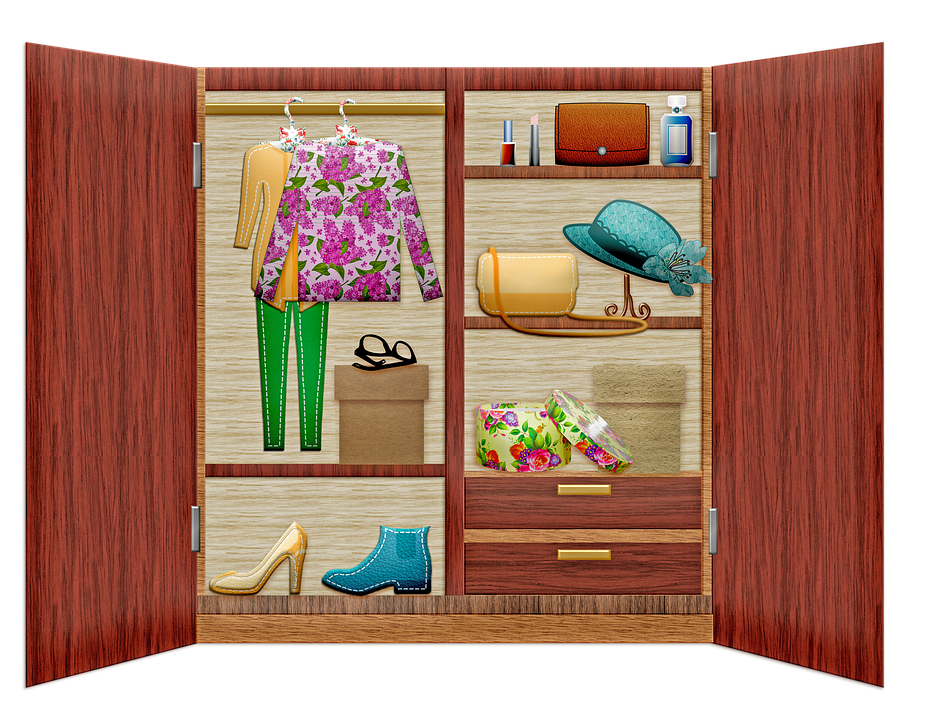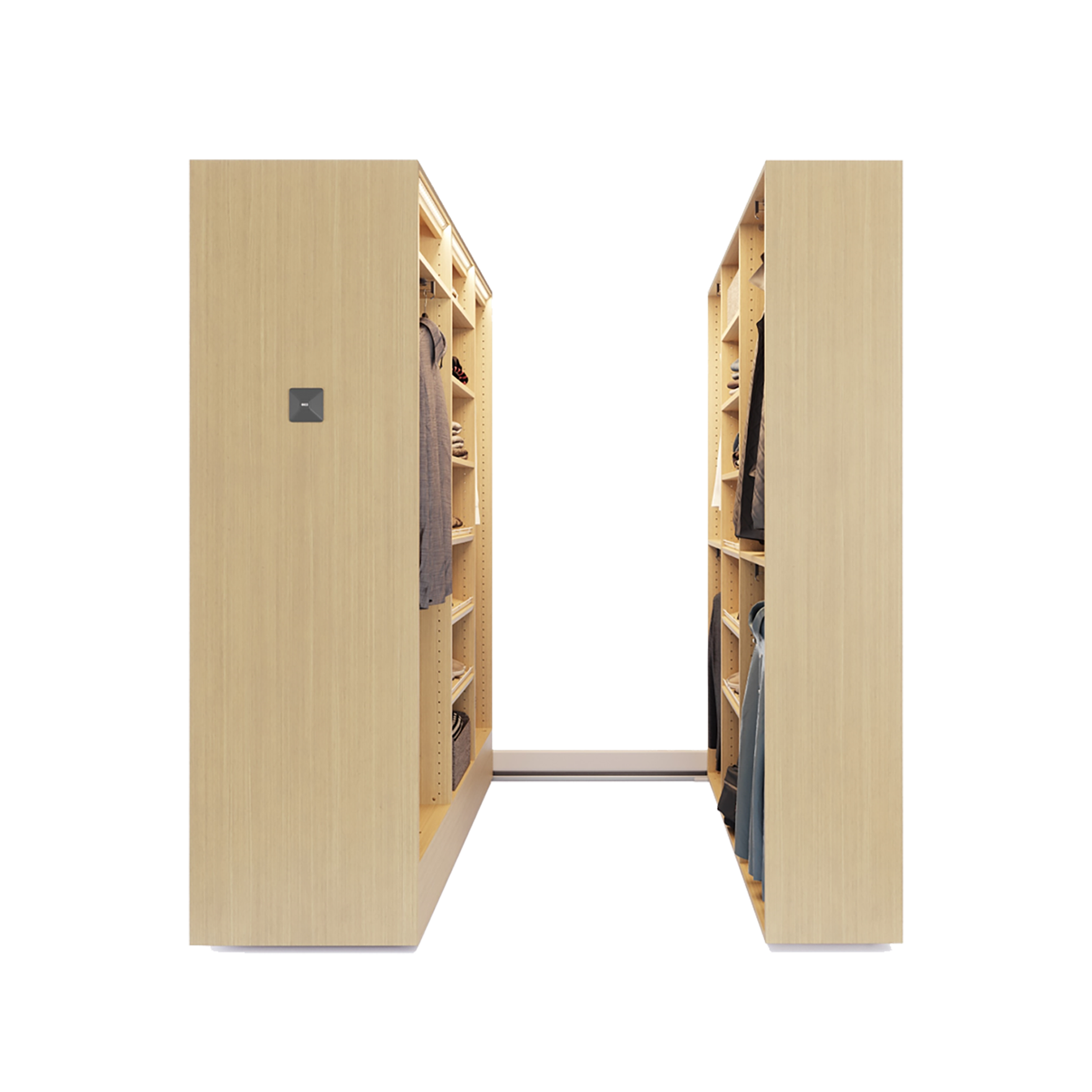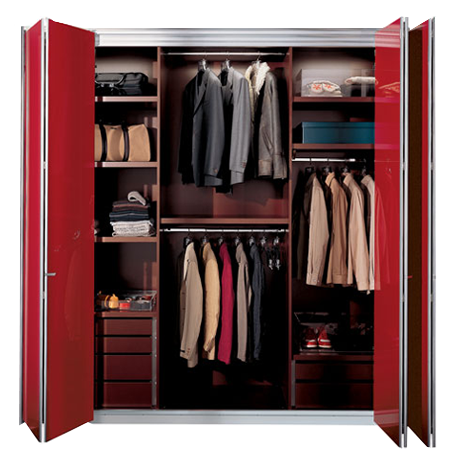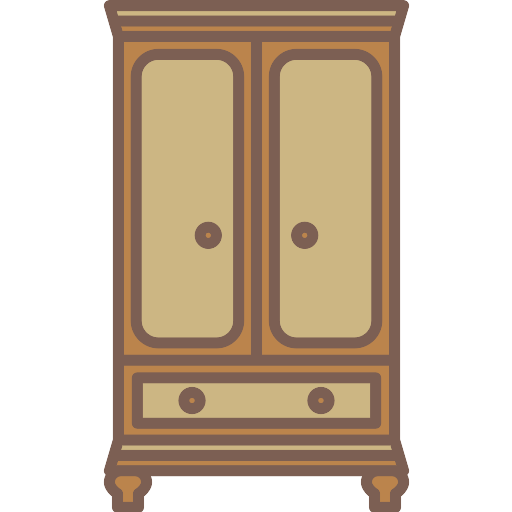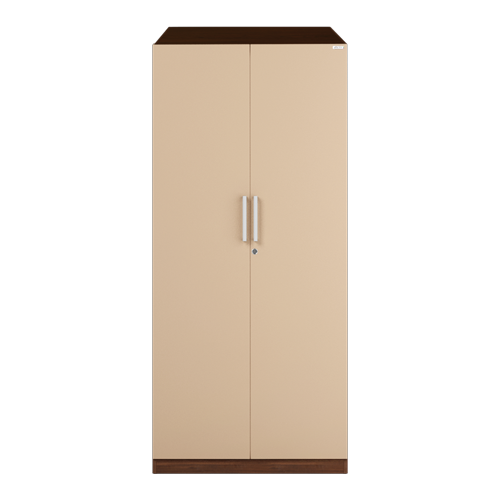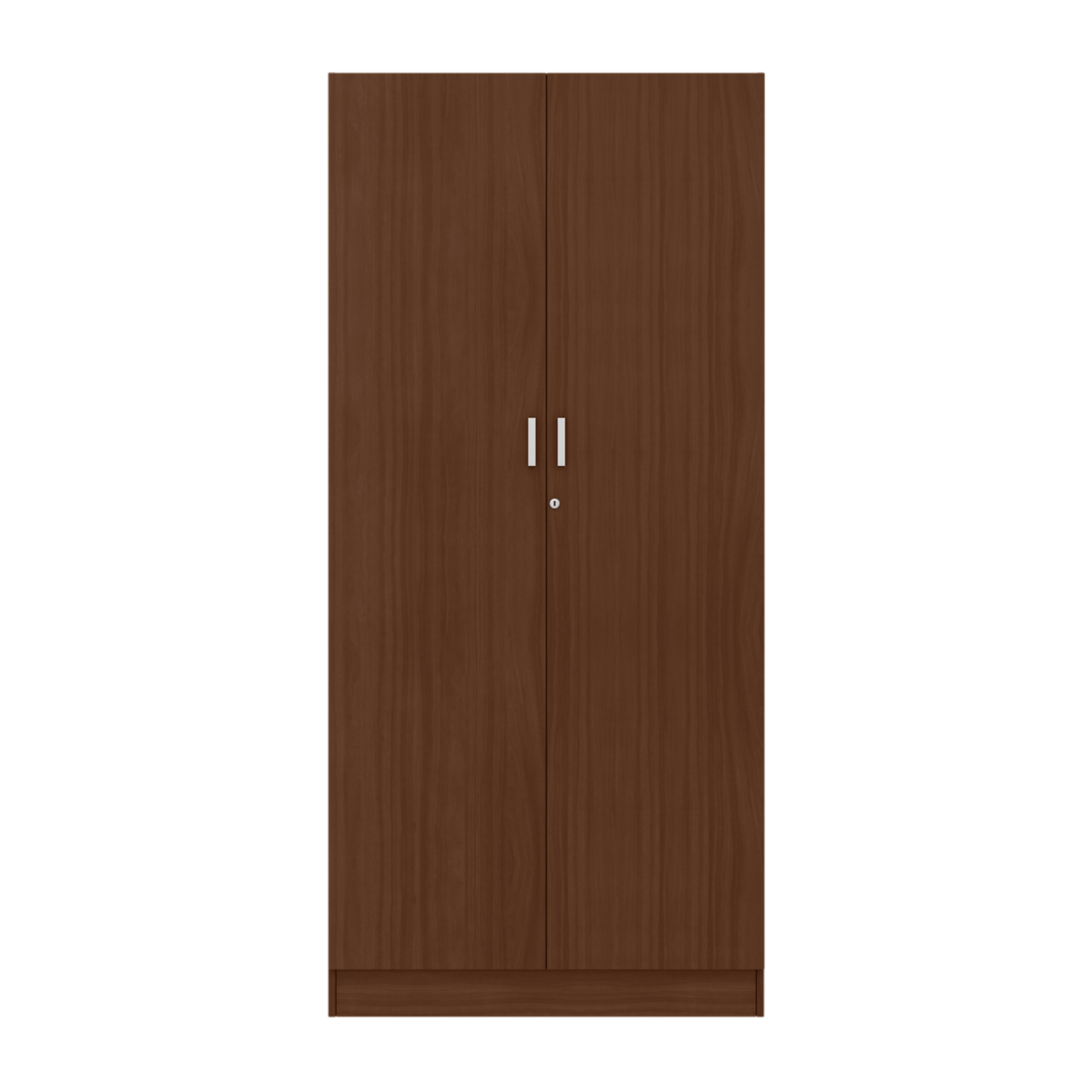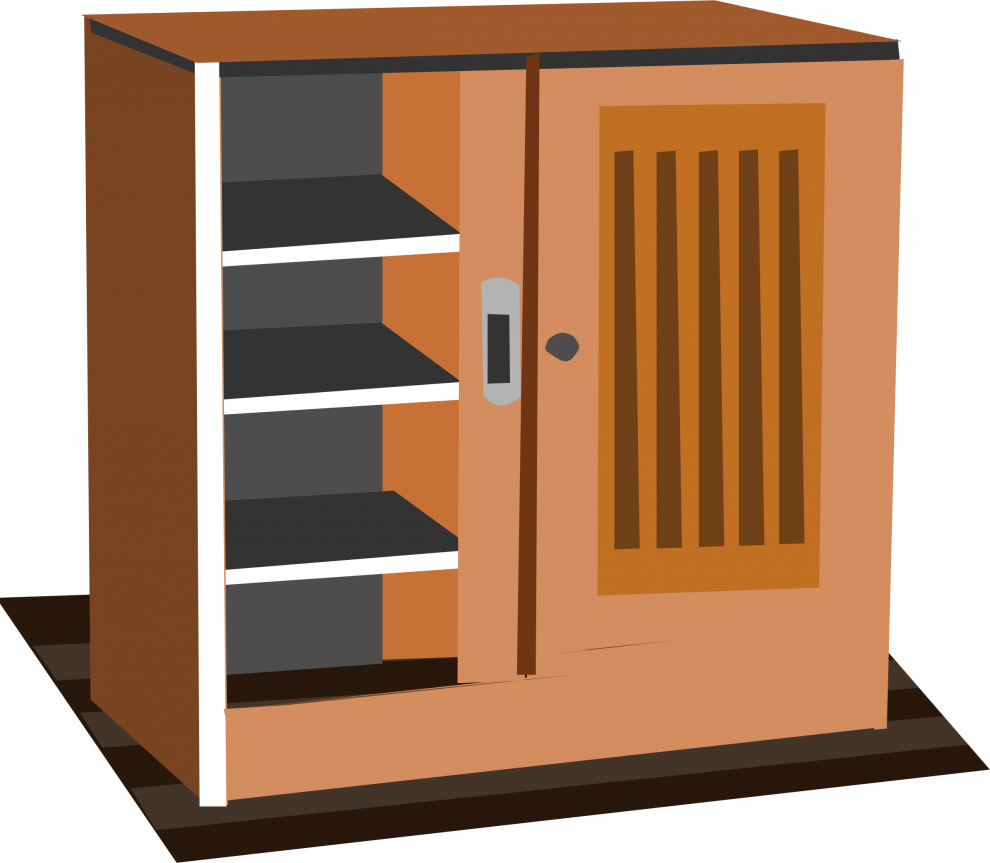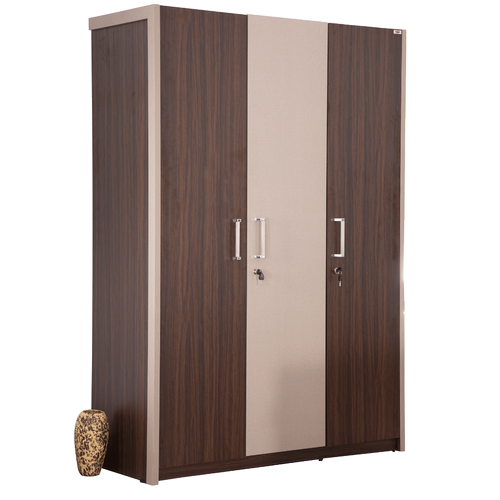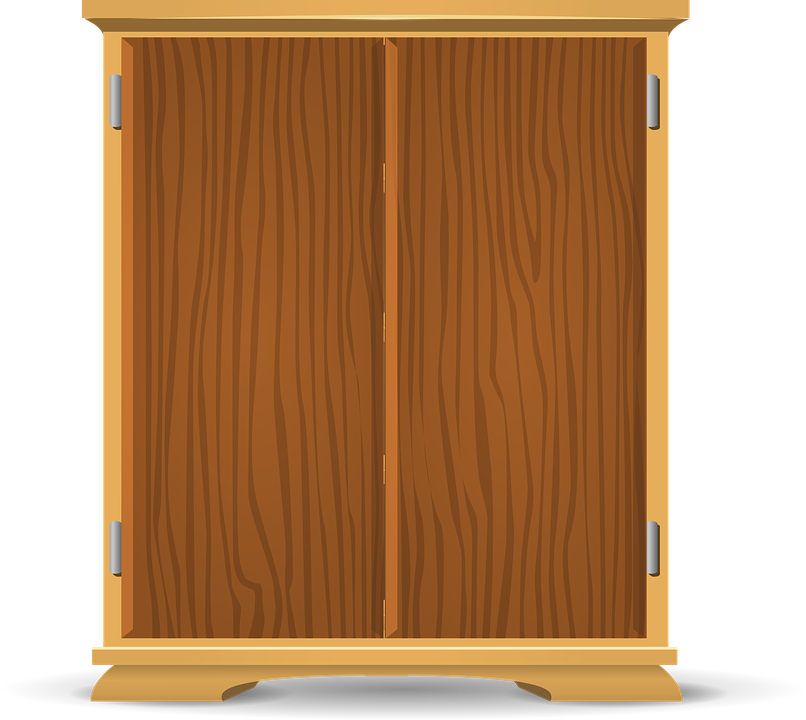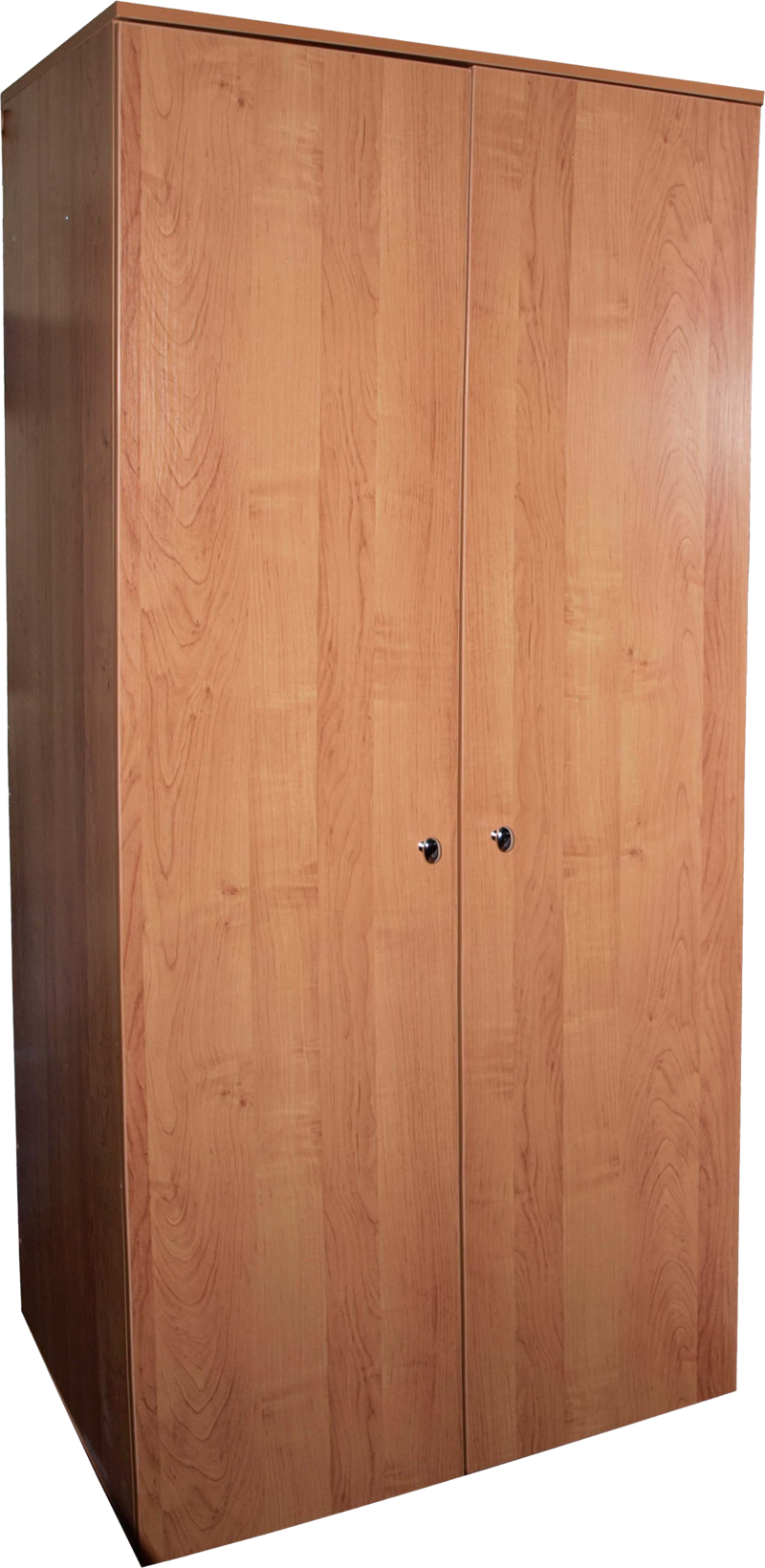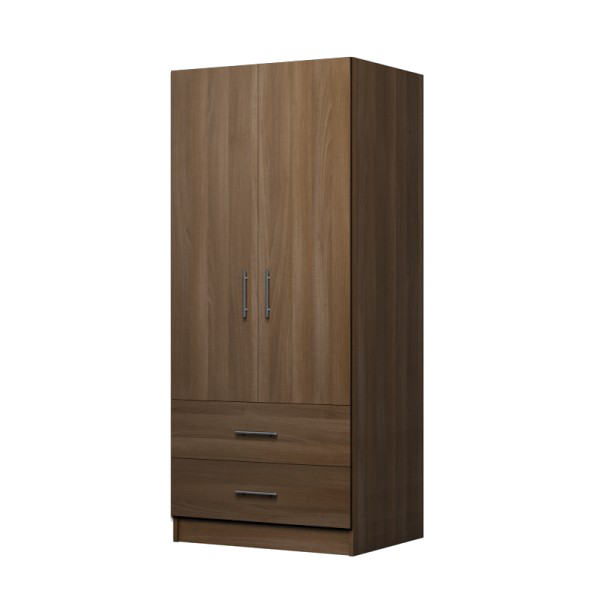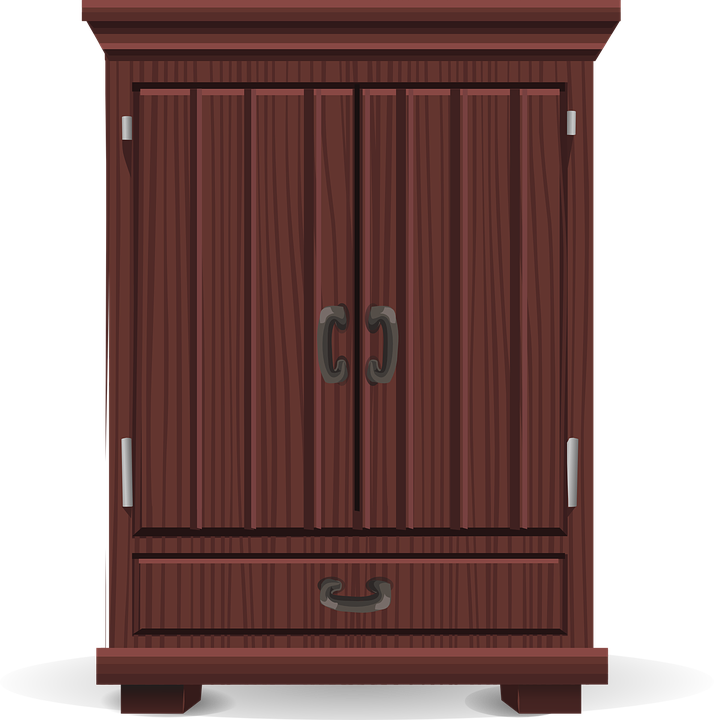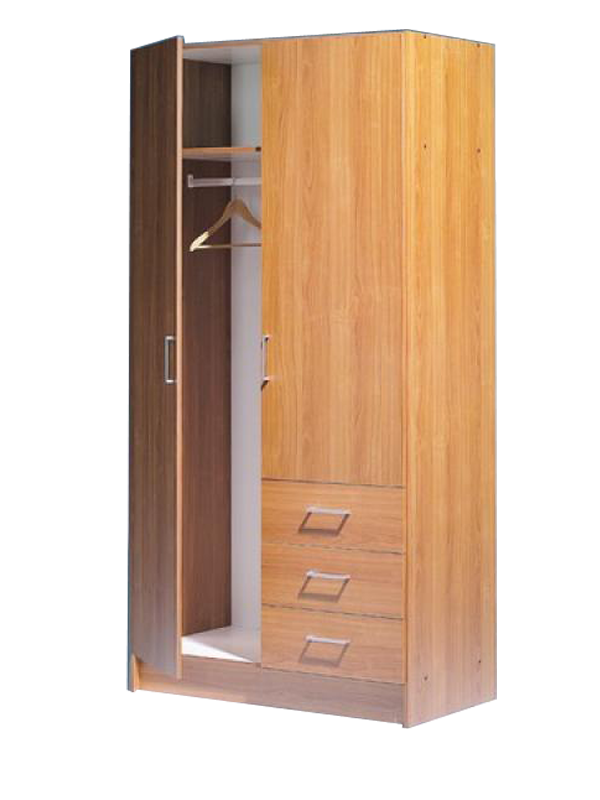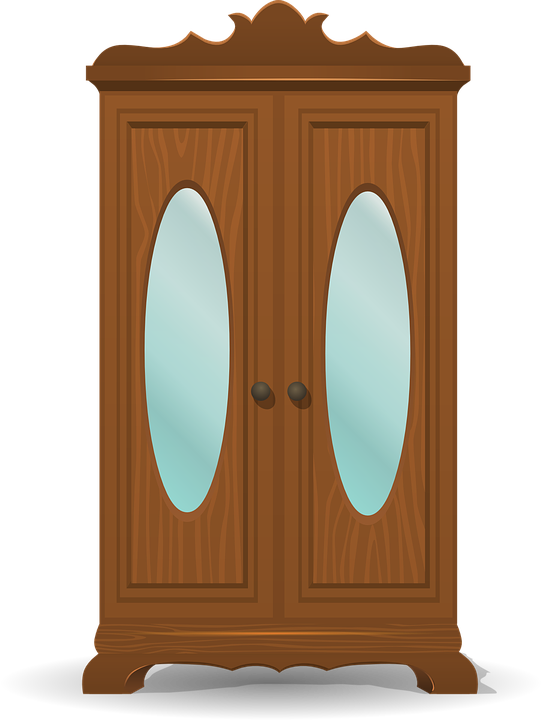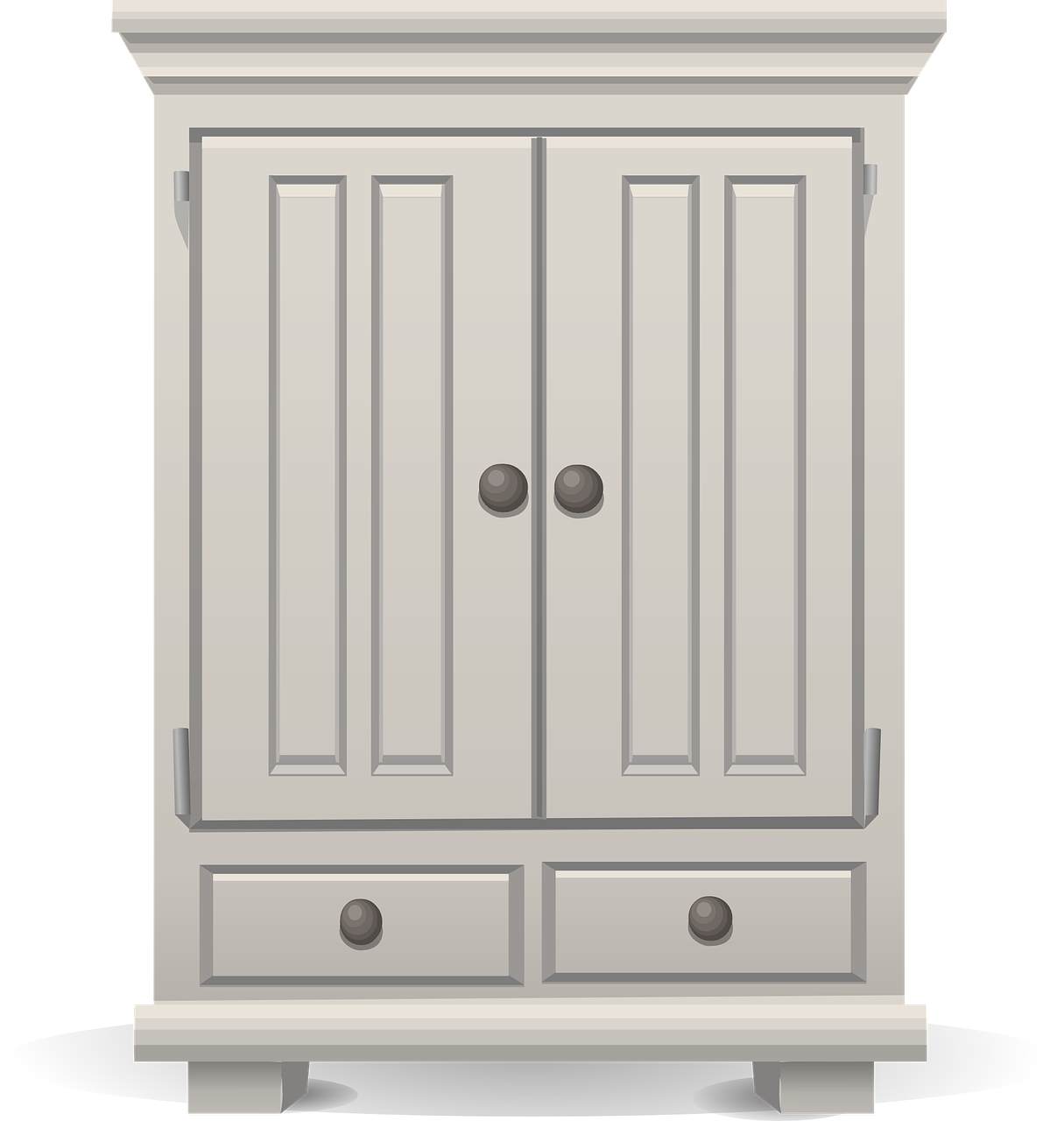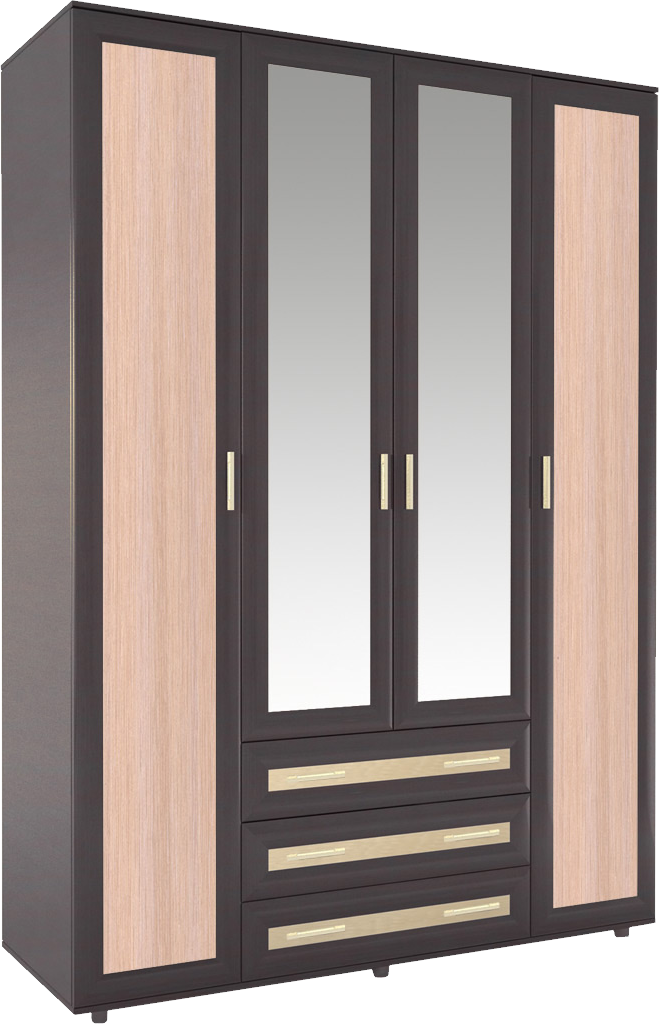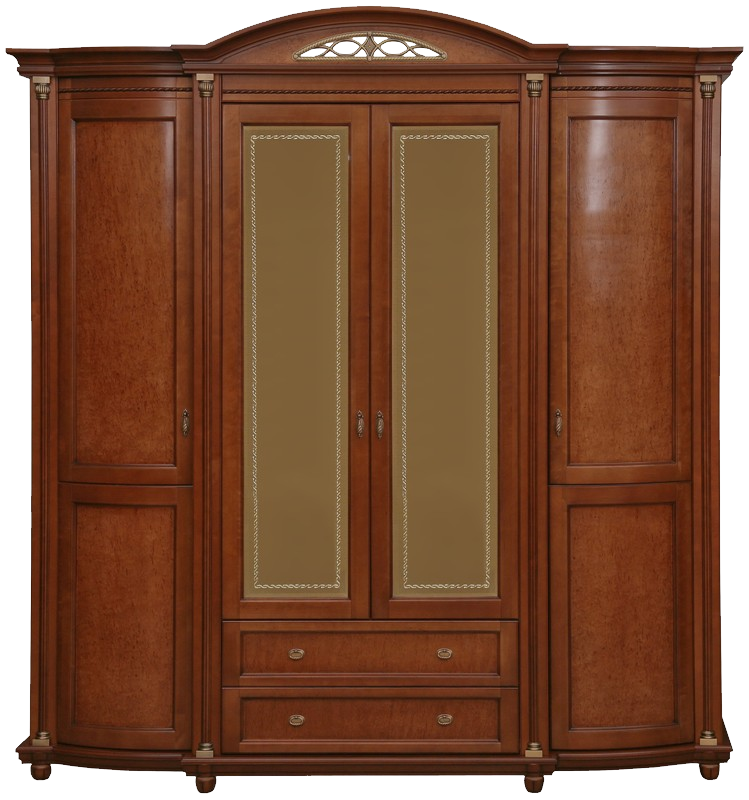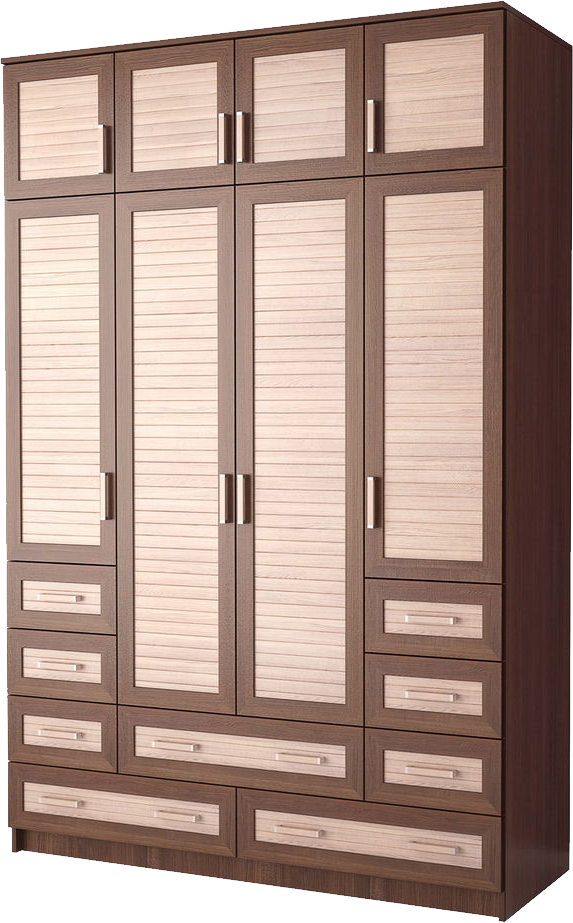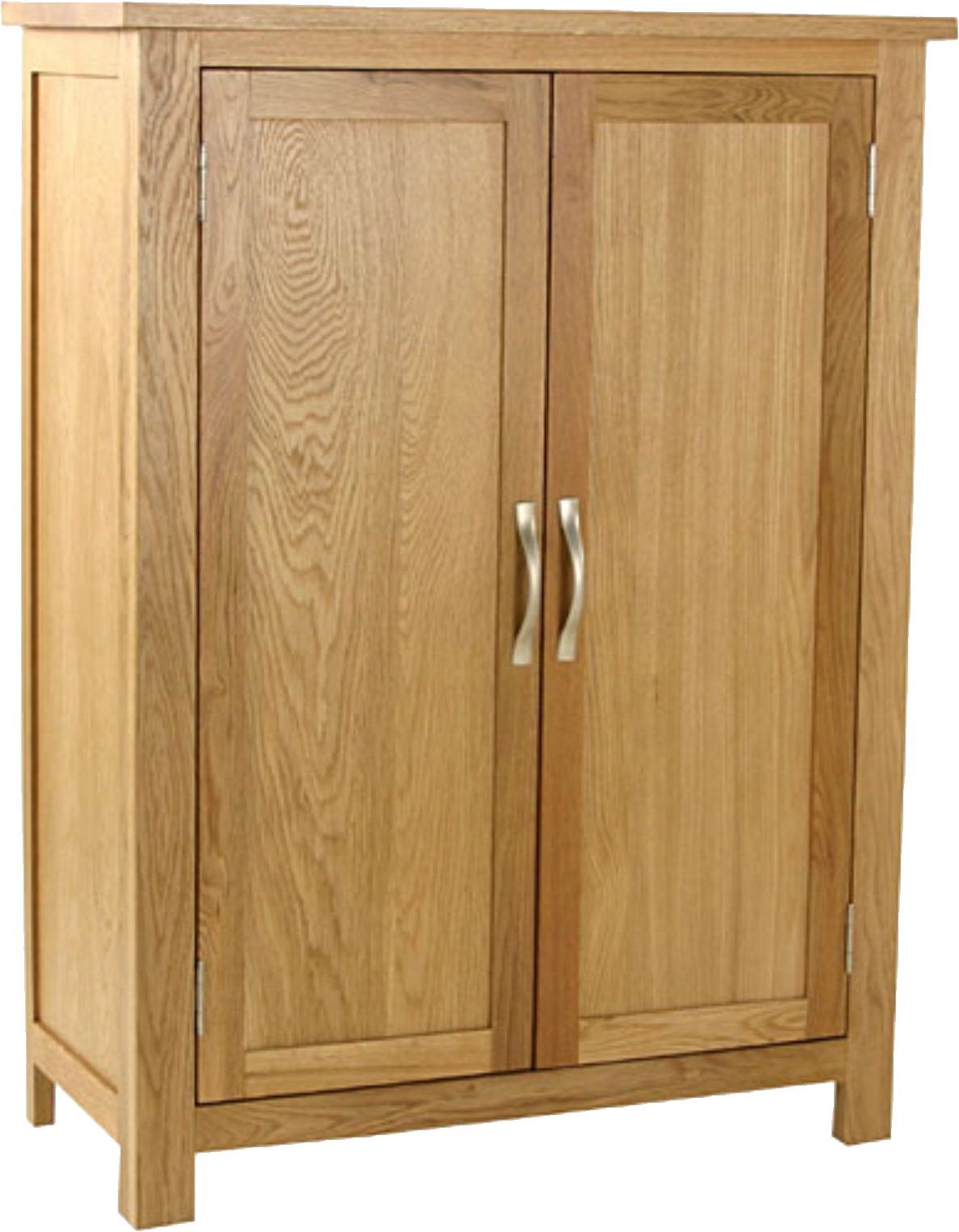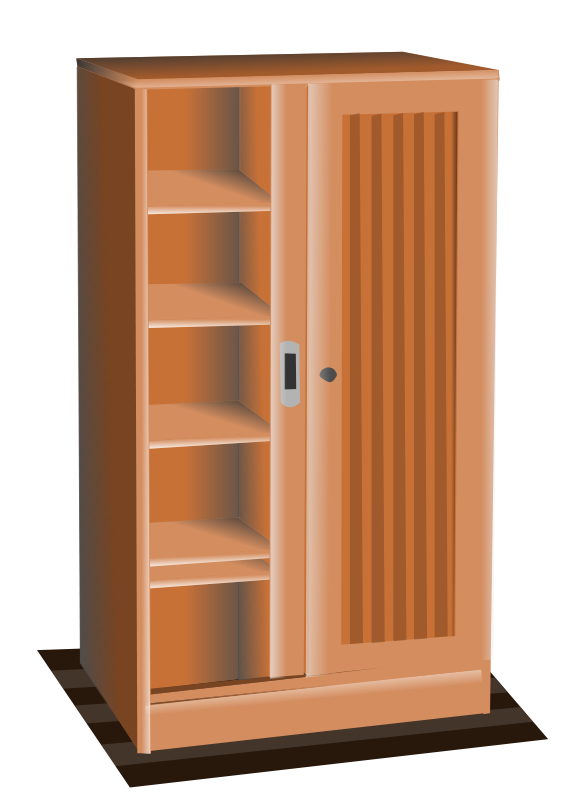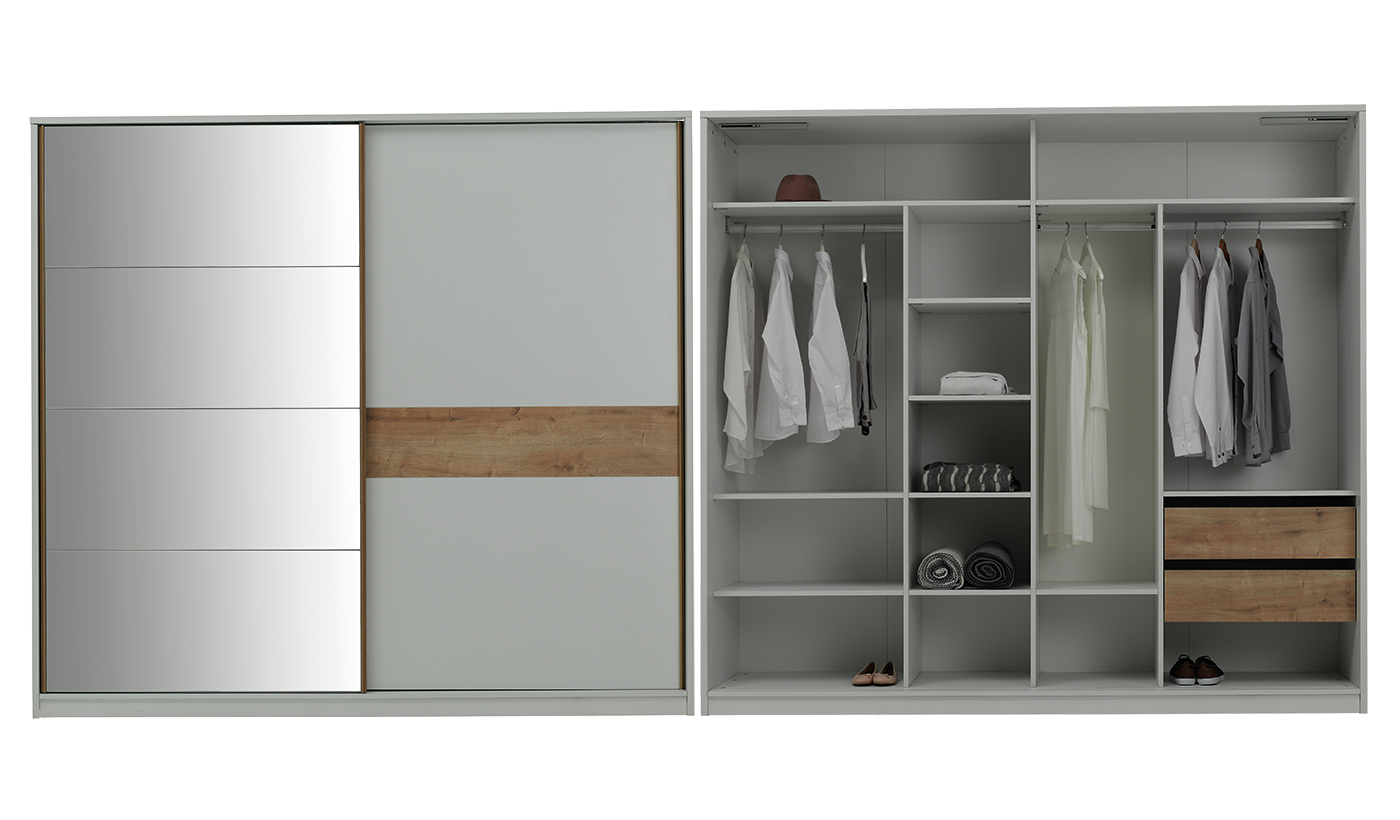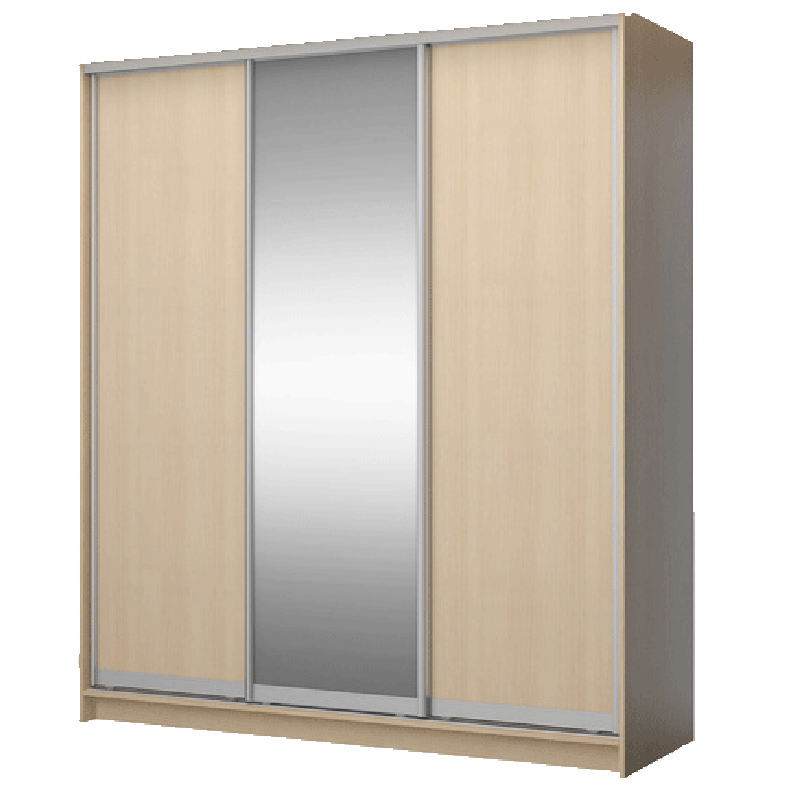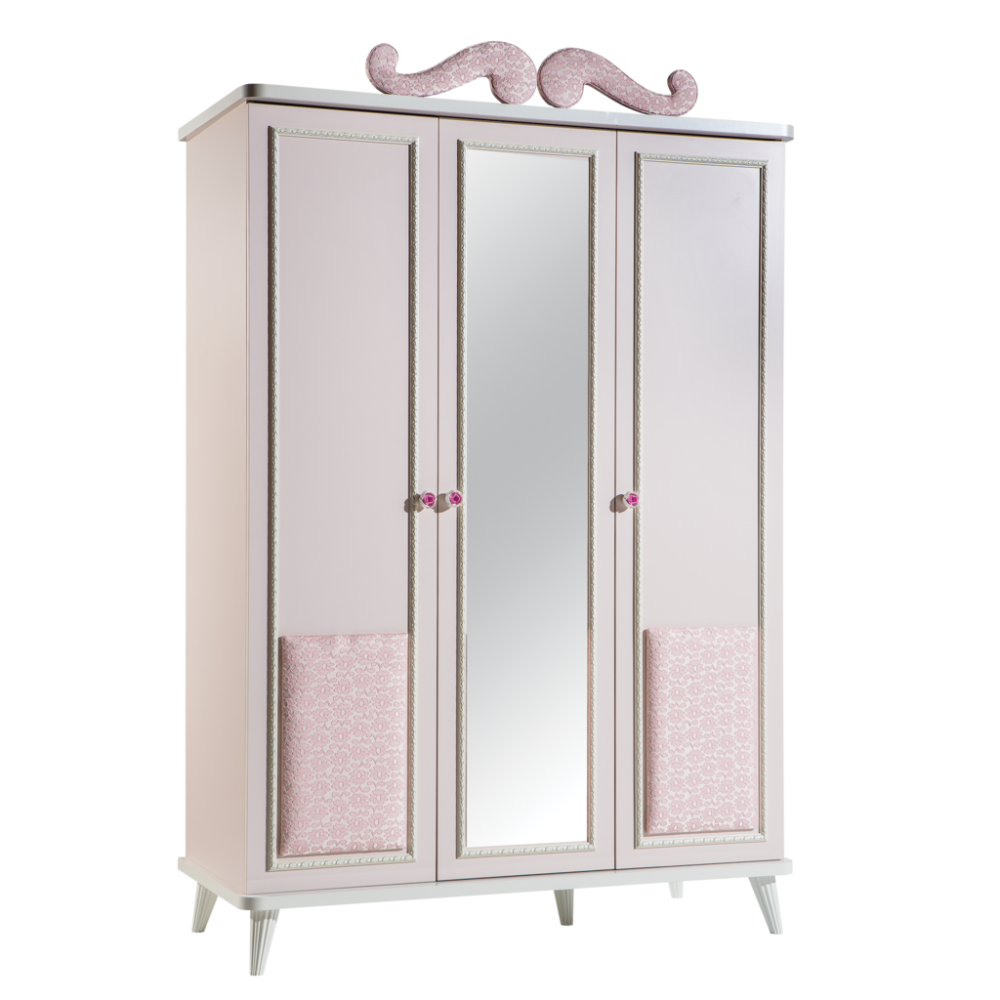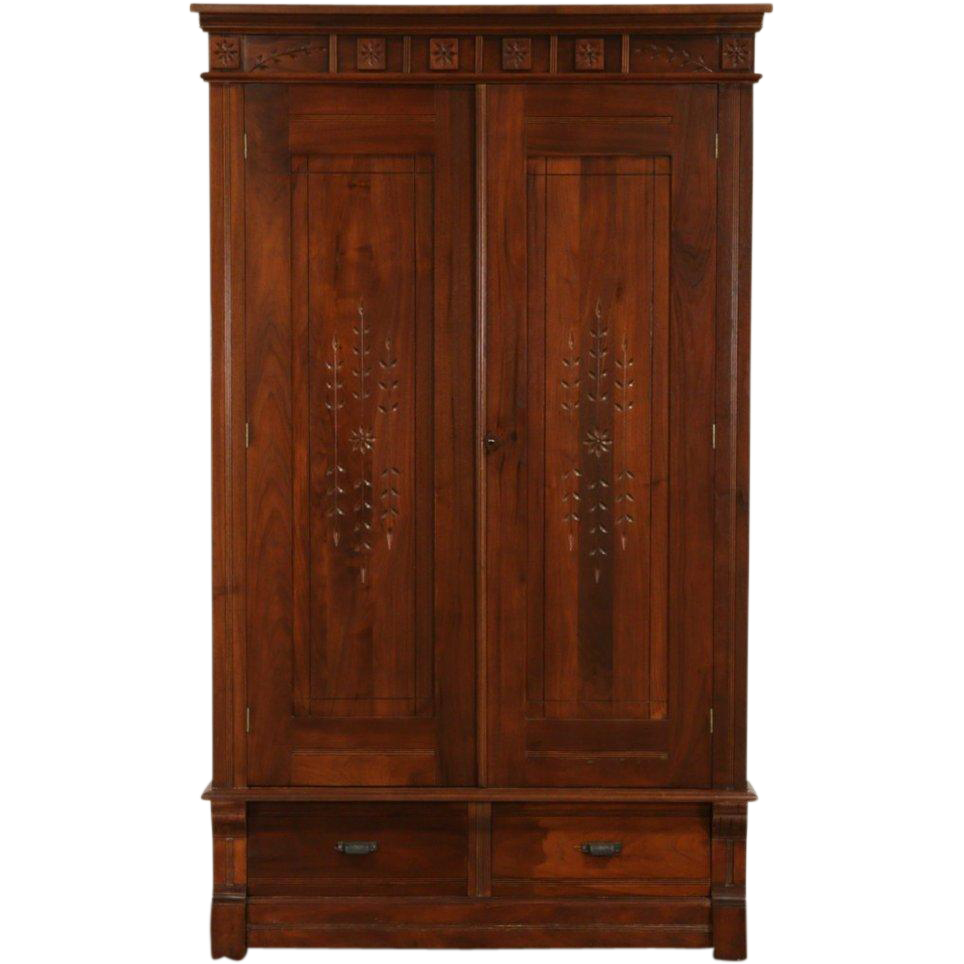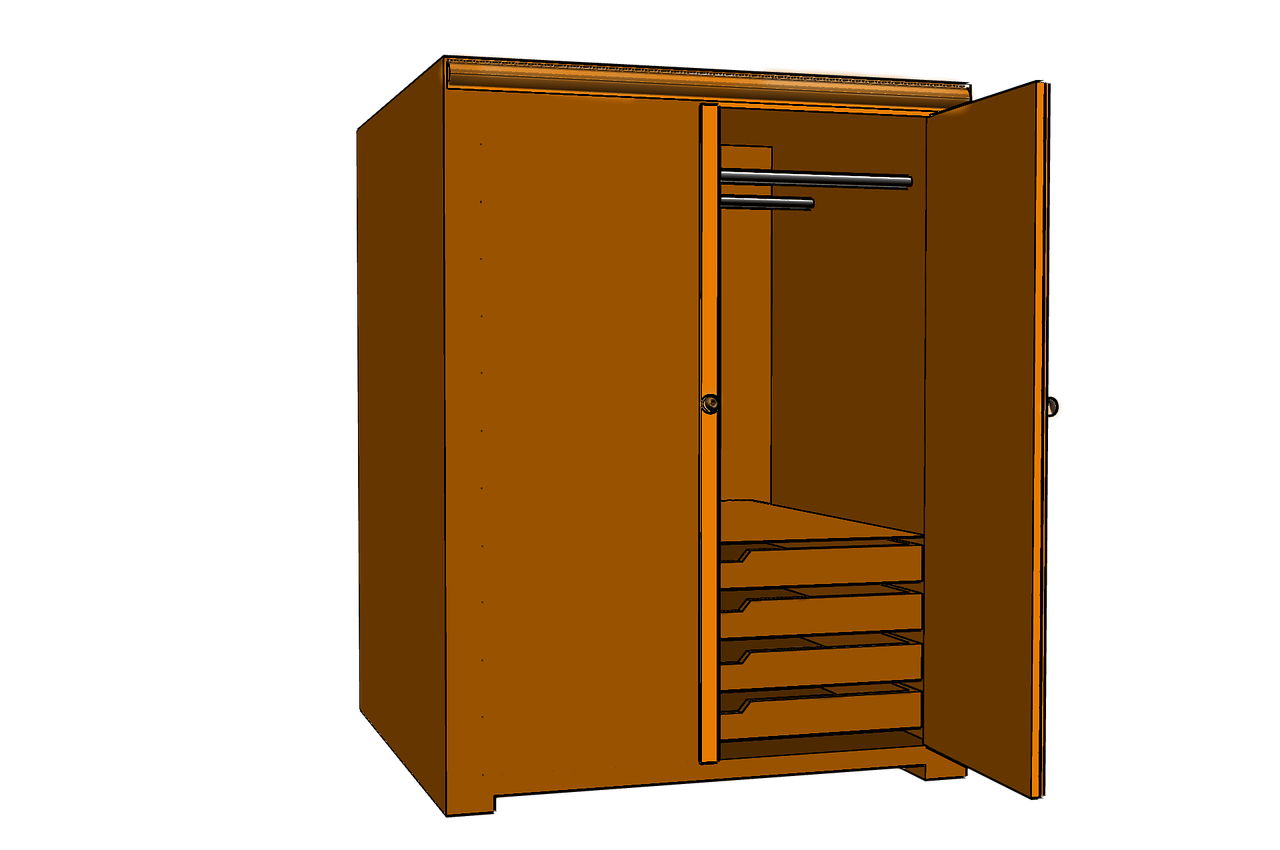Download top and best high-quality free Wardrobe PNG Transparent Images backgrounds available in various sizes. To view the full PNG size resolution click on any of the below image thumbnail.
License Info: Creative Commons 4.0 BY-NC
A wardrobe, often known as an armoire, is a standing closet that is used to store clothes. The first wardrobe was a chest, and it wasn’t until regal palaces and powerful nobles’ castles reached a certain level of grandeur that separate storage for the great’s clothing was supplied.
The term “wardrobe” was then used to a room with closets and lockers lining the walls, with the drawer being a more recent creation. The contemporary wardrobe, with its hanging places, sliding shelves, and drawers, evolved gradually from these cabinets and lockers.
Throughout the modifications in the enclosure’s shape over time, it mostly remained its original role as a location to store a king’s robe. Over consecutive centuries, the term has come to be known as an autonomous store for, among other things, maintaining valuable assets for a king, such as gold, which was prominent during King Edward I’s reign.
It’s also a basic patio with clothing draped from metal bars or tucked into utility racks that span the length of the patio. The triple partitioning of the modern wardrobe differs from that of the historical one in one respect: there are two linear compartments on either side with shelves, as well as a middle space with hanging pegs and drawers, the latter being a modern addition, and a clothes press in the higher central space on level with a person’s chest.
The wardrobe, in its mobile form as an oak “hanging cabinet,” comes from the early 17th century in the United States. Because English forests were over-harvested or reserved for the Navy at the time, it was an early export commodity from America to England. As a result, the object was occasionally referred to as an oakley.
Such pieces, massive and cumbrous in form but often with well-carved fronts, were produced in moderate numbers for probably a hundred years before the gradual decline in the use of oak for cabinet-making caused a shift in fashion in favor of the more abundant American walnut. (With repeated deforestation occurrences, the virgin American forests became Oak, then Maple.)
Walnut replaced oak as the most popular furniture wood, although walnut hanging wardrobes appear to have been unusual, despite the prevalence of clothing presses with drawers and sliding trays.
The wardrobe began to evolve into its contemporary design in the nineteenth century, with a hanging cupboard on each side, a press in the upper section of the middle area, and drawers below. Traditionally, mahogany was used, but when satinwood and other formerly uncommon, fine-grained foreign woods became more widely available, numerous beautifully and sometimes wonderfully inlaid wardrobes were created.
Sheraton, Hepplewhite, and their contemporaries attained their effects by artistically using neatly contrasting and highly polished woods where Chippendale and his school had carved.
The central doors, which had previously just covered the top half of the wardrobe, were extended to the floor, covering the drawers as well as the sliding shelves, and were frequently furnished with mirrors.
Custom-fitted wardrobes, which are designed around the size and shape of the room, are a more wealthy choice in the United Kingdom.
Download Wardrobe PNG images transparent gallery.
- Wardrobe PNG HD Image
Resolution: 620 × 813
Size: 160 KB
Image Format: .png
Download
- Wardrobe PNG Image HD
Resolution: 620 × 938
Size: 709 KB
Image Format: .png
Download
- Wardrobe Furniture PNG HD Image
Resolution: 612 × 731
Size: 289 KB
Image Format: .png
Download
- Wardrobe No Background
Resolution: 766 × 740
Size: 177 KB
Image Format: .png
Download
- Wardrobe PNG Images HD
Resolution: 977 × 865
Size: 612 KB
Image Format: .png
Download
- Wardrobe PNG Free Image
Resolution: 512 × 512
Size: 14 KB
Image Format: .png
Download
- Wardrobe PNG
Resolution: 506 × 1024
Size: 585 KB
Image Format: .png
Download
- Wardrobe Furniture PNG Image HD
Resolution: 708 × 530
Size: 221 KB
Image Format: .png
Download
- Wardrobe Furniture No Background
Resolution: 1332 × 1250
Size: 1482 KB
Image Format: .png
Download
- Wardrobe PNG Pic
Resolution: 1920 × 1920
Size: 34 KB
Image Format: .png
Download
- Wardrobe PNG File
Resolution: 800 × 600
Size: 130 KB
Image Format: .png
Download
- Wardrobe PNG Image
Resolution: 1500 × 2000
Size: 3073 KB
Image Format: .png
Download
- Wardrobe PNG Photo
Resolution: 1024 × 1024
Size: 287 KB
Image Format: .png
Download
- Modern Wardrobe PNG Photo
Resolution: 512 × 512
Size: 2 KB
Image Format: .png
Download
- Wardrobe Furniture PNG Images HD
Resolution: 1160 × 1250
Size: 1195 KB
Image Format: .png
Download
- Wardrobe Furniture PNG Free Image
Resolution: 680 × 974
Size: 679 KB
Image Format: .png
Download
- Wardrobe Furniture PNG Image File
Resolution: 990 × 847
Size: 865 KB
Image Format: .png
Download
- Modern Wardrobe PNG Cutout
Resolution: 500 × 500
Size: 129 KB
Image Format: .png
Download
- Wardrobe Furniture PNG
Resolution: 512 × 512
Size: 33 KB
Image Format: .png
Download
- Wardrobe PNG Cutout
Resolution: 941 × 720
Size: 1089 KB
Image Format: .png
Download
- Modern Wardrobe PNG Images
Resolution: 1760 × 1760
Size: 1166 KB
Image Format: .png
Download
- Modern Wardrobe PNG Photos
Resolution: 450 × 458
Size: 218 KB
Image Format: .png
Download
- Wardrobe PNG Images
Resolution: 512 × 512
Size: 7 KB
Image Format: .png
Download
- Modern Wardrobe Transparent
Resolution: 512 × 512
Size: 11 KB
Image Format: .png
Download
- Modern Wardrobe PNG Clipart
Resolution: 500 × 500
Size: 90 KB
Image Format: .png
Download
- Wardrobe Furniture PNG Pic
Resolution: 1500 × 1500
Size: 496 KB
Image Format: .png
Download
- Wardrobe Furniture PNG File
Resolution: 990 × 863
Size: 480 KB
Image Format: .png
Download
- Wardrobe PNG Photos
Resolution: 500 × 500
Size: 314 KB
Image Format: .png
Download
- Wardrobe Furniture PNG Image
Resolution: 806 × 720
Size: 151 KB
Image Format: .png
Download
- Wardrobe Furniture PNG Photo
Resolution: 800 × 1640
Size: 921 KB
Image Format: .png
Download
- Modern Wardrobe PNG Picture
Resolution: 600 × 600
Size: 98 KB
Image Format: .png
Download
- Modern Wardrobe PNG HD Image
Resolution: 512 × 512
Size: 1 KB
Image Format: .png
Download
- Wardrobe Furniture PNG Cutout
Resolution: 714 × 720
Size: 108 KB
Image Format: .png
Download
- Modern Wardrobe PNG
Resolution: 600 × 800
Size: 230 KB
Image Format: .png
Download
- Modern Wardrobe PNG Pic
Resolution: 542 × 720
Size: 101 KB
Image Format: .png
Download
- Wardrobe Furniture PNG Images
Resolution: 1215 × 1280
Size: 87 KB
Image Format: .png
Download
- Modern Wardrobe PNG File
Resolution: 659 × 1024
Size: 479 KB
Image Format: .png
Download
- Modern Wardrobe PNG Image
Resolution: 749 × 800
Size: 576 KB
Image Format: .png
Download
- Wardrobe Furniture PNG Photos
Resolution: 573 × 923
Size: 505 KB
Image Format: .png
Download
- Wardrobe Furniture Transparent
Resolution: 1188 × 1526
Size: 952 KB
Image Format: .png
Download
- Modern Wardrobe
Resolution: 512 × 512
Size: 7 KB
Image Format: .png
Download
- Wardrobe Furniture
Resolution: 566 × 800
Size: 50 KB
Image Format: .png
Download
- Wardrobe
Resolution: 1400 × 820
Size: 1109 KB
Image Format: .png
Download
- Wardrobe Transparent
Resolution: 512 × 512
Size: 4 KB
Image Format: .png
Download
- Wardrobe Furniture PNG Clipart
Resolution: 800 × 800
Size: 77 KB
Image Format: .png
Download
- Wardrobe PNG Clipart
Resolution: 1000 × 1000
Size: 567 KB
Image Format: .png
Download
- Wardrobe Furniture PNG Picture
Resolution: 964 × 964
Size: 663 KB
Image Format: .png
Download
- Wardrobe PNG Picture
Resolution: 1280 × 850
Size: 106 KB
Image Format: .png
Download
